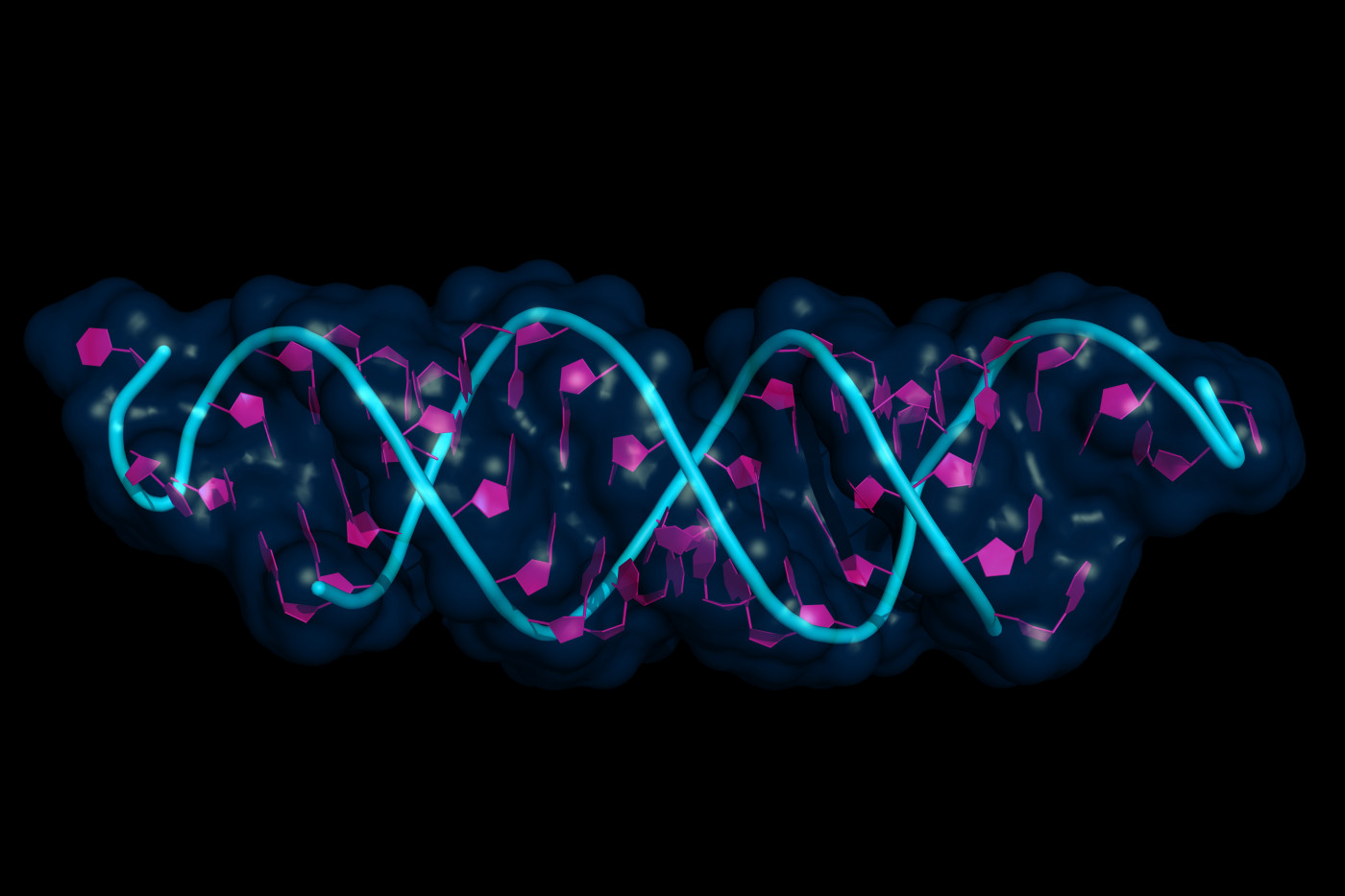Newly Identified COL7A1 Mutation May Cause Rare DEB Subtype
Written by |

A 47-year-old woman with a newly described COL7A1 gene mutation was diagnosed with dystrophic epidermolysis bullosa (DEB), and possibly an unusual subtype affecting the extremities. She had a history of severe toenail alterations and periods of blistering skin since childhood.
“Given the patient’s history, as well as the clinical and genetic findings, the patient may have a rare subtype of DEB, which is referred to as pruriginosa subtype,” the researchers wrote.
The case study, “Novel heterozygous COL7A1 mutation in a patient with de-novo dominant dystrophic epidermolysis bullosa pruriginosa,” was published in the journal JAAD Case Reports.
DEB results from mutations in the COL7A1 gene that encodes the protein type VII collagen. The mutations may be inherited or develop spontaneously. Patients with autosomal dominant DEB carry a single copy of the mutant gene, while autosomal recessive DEB patients carry two copies.
Generally, autosomal dominant DEB is a milder form of the disease, characterized by mostly benign blistering that is often limited to the extremities. Epidermolysis bullosa pruriginosa is a rare DEB subtype that typically emerges either in infancy or early adulthood.
Investigators in this case study describe a patient with autosomal dominant DEB, possibly the pruriginosa subtype, caused by a newly discovered COL7A1 mutation.
The woman reported no family history of blistering disease, suggesting that her disease resulted from a new mutation, rather than an inherited one.
She came to a dermatology clinic in New Hampshire with a history of severe congenital (from birth) toenail abnormalities, resulting in toenail removal when she was a child, as well as recurring skin blistering episodes that began in adolescence.
Previously, she had been treated with oral corticosteroids for other skin conditions presumed by clinicians — eczema, lichen planus, and dermatitis herpetiformis. This treatment temporarily relieved her symptoms.
An exam revealed skin lesions and blisters on the patient’s back, buttocks, and abdomen. Biopsies found scarring and mild inflammation of skin tissue, while blood tests showed elevated levels of the liver function markers aspartate transaminase and alanine aminotransferase.
The patient had no signs of hepatitis A, B, or C, celiac disease, porphyria, excess iron, or other conditions that might cause blistering and inflammation of the skin.
Genetic testing detected a mutation in of the two copies of the COL7A1 gene that had not previously been reported in scientific literature.
The woman was diagnosed with DEB, and instructed to cover her skin wounds with non-adherent dressings. She also was recommended to request regular skin exams due to a known higher risk of developing skin cancer in DEB, the investigators said.





